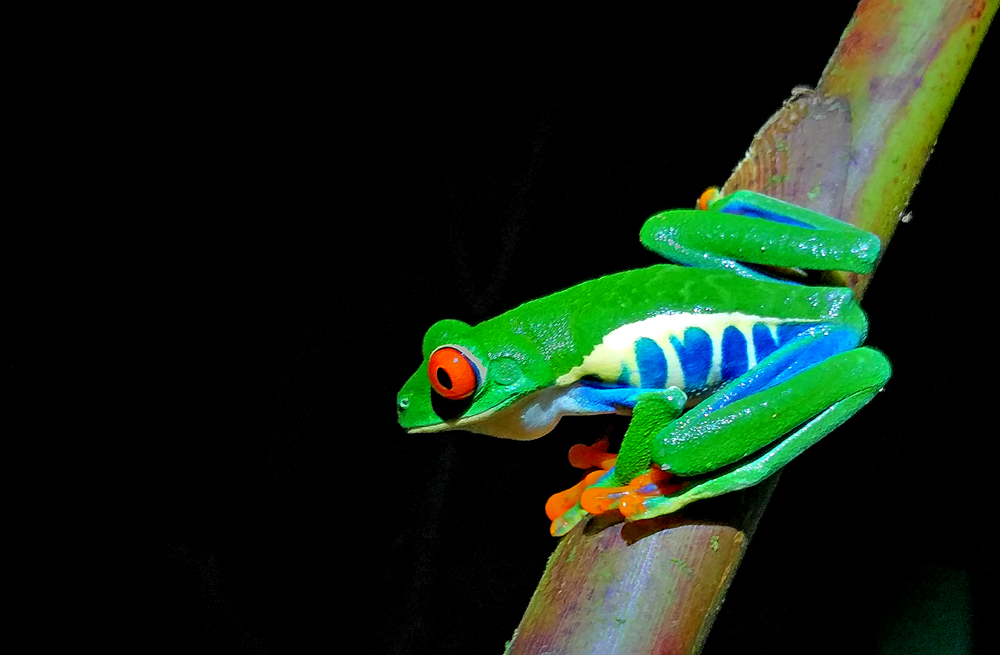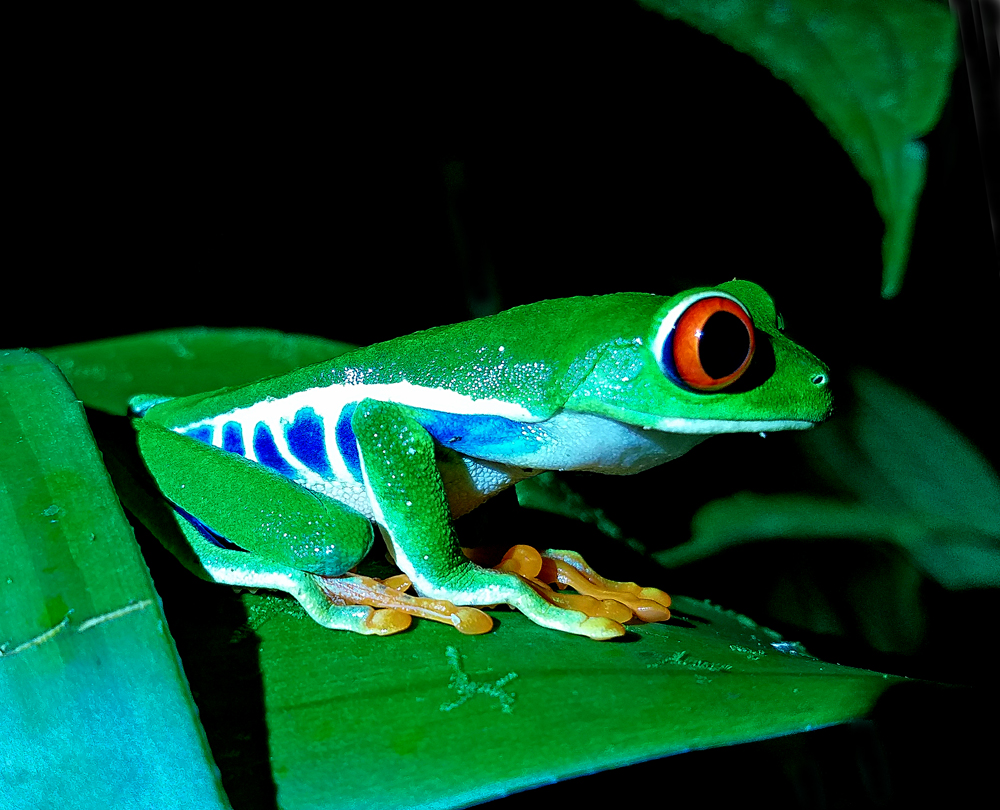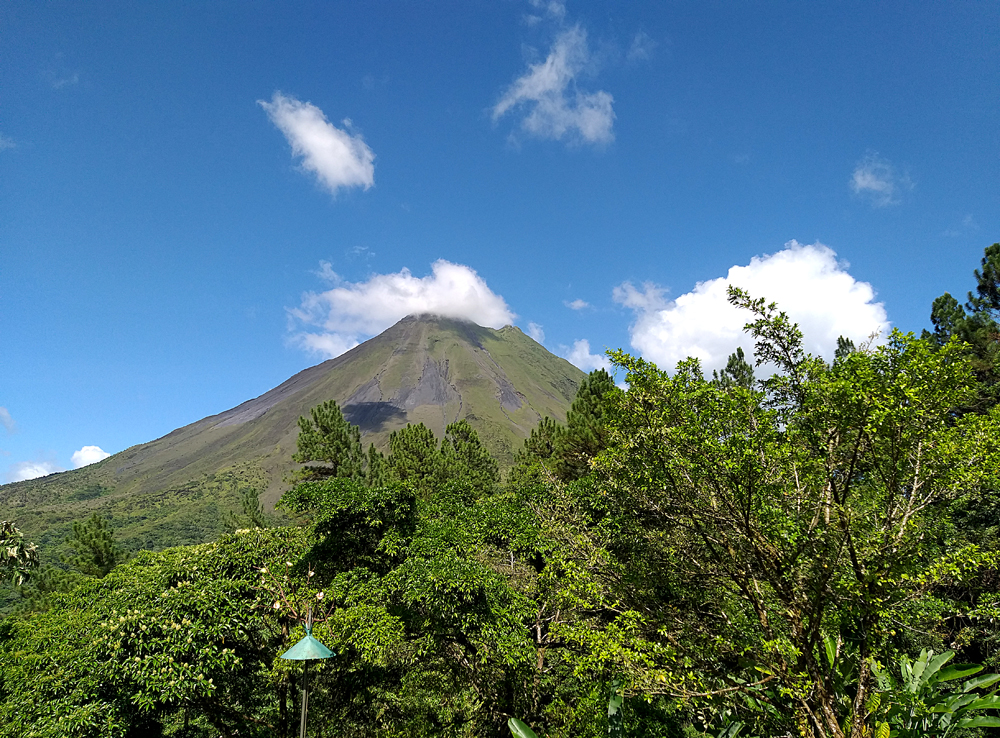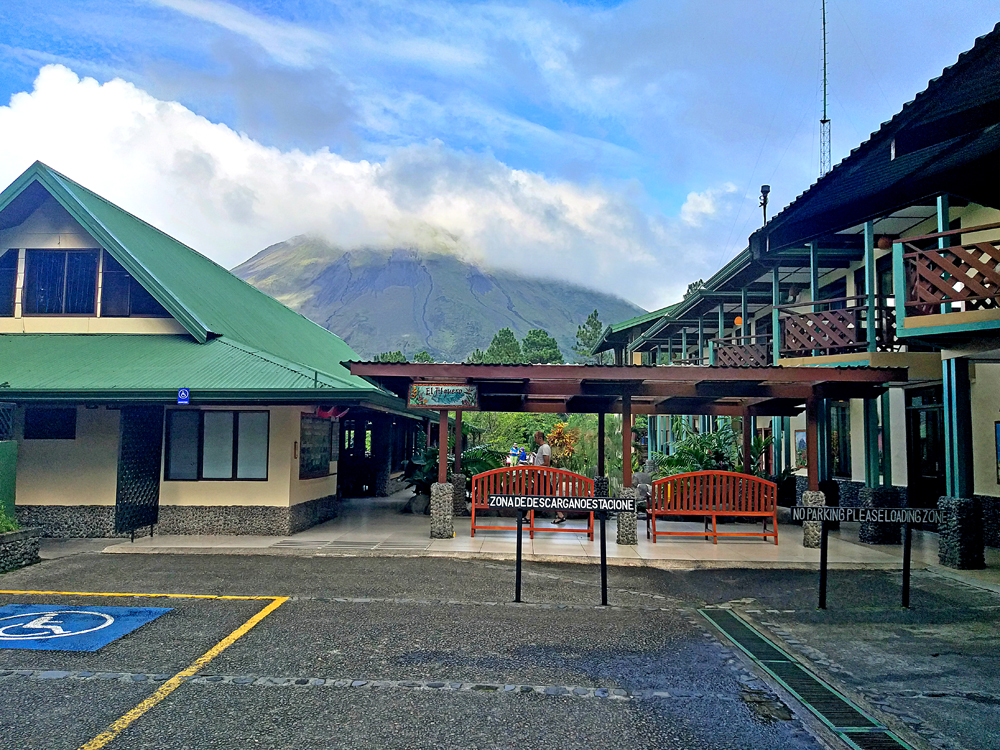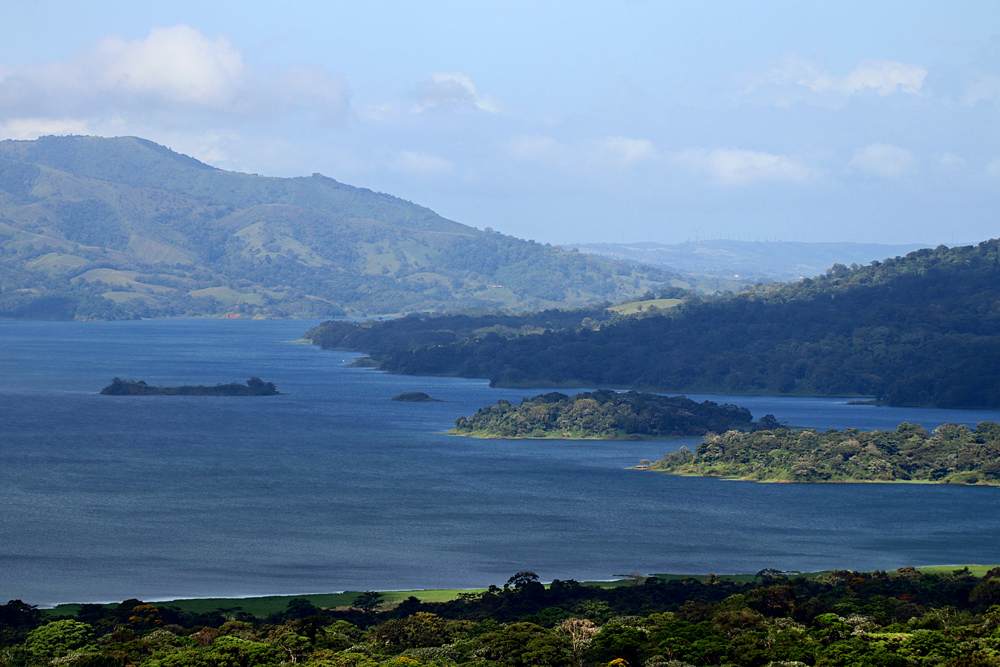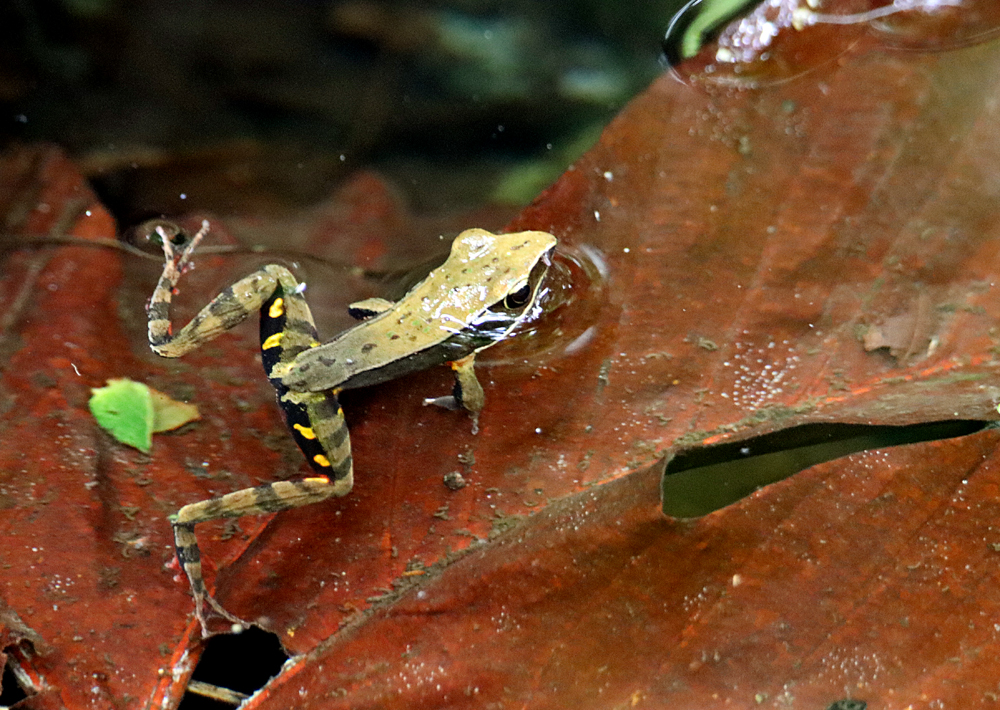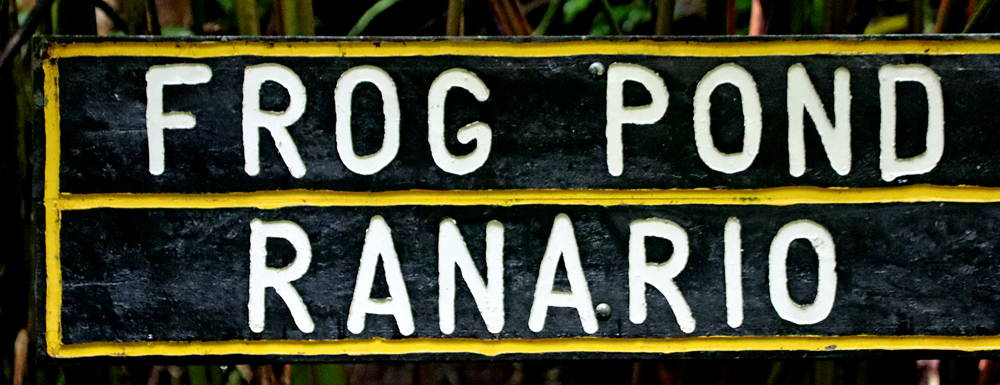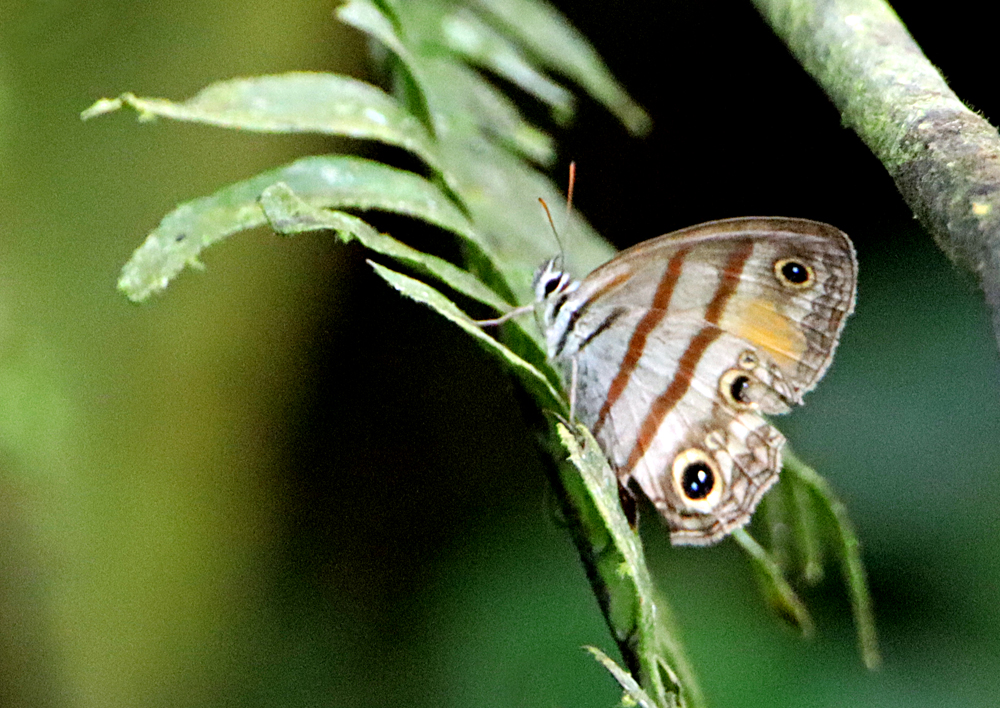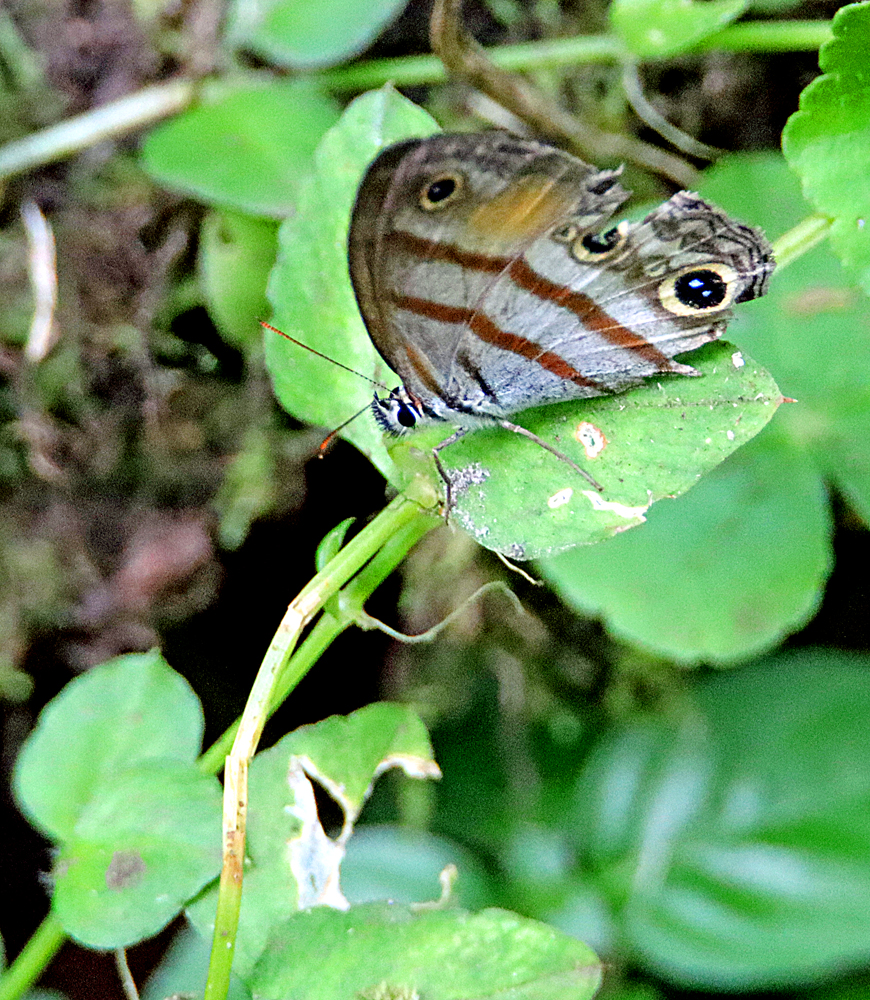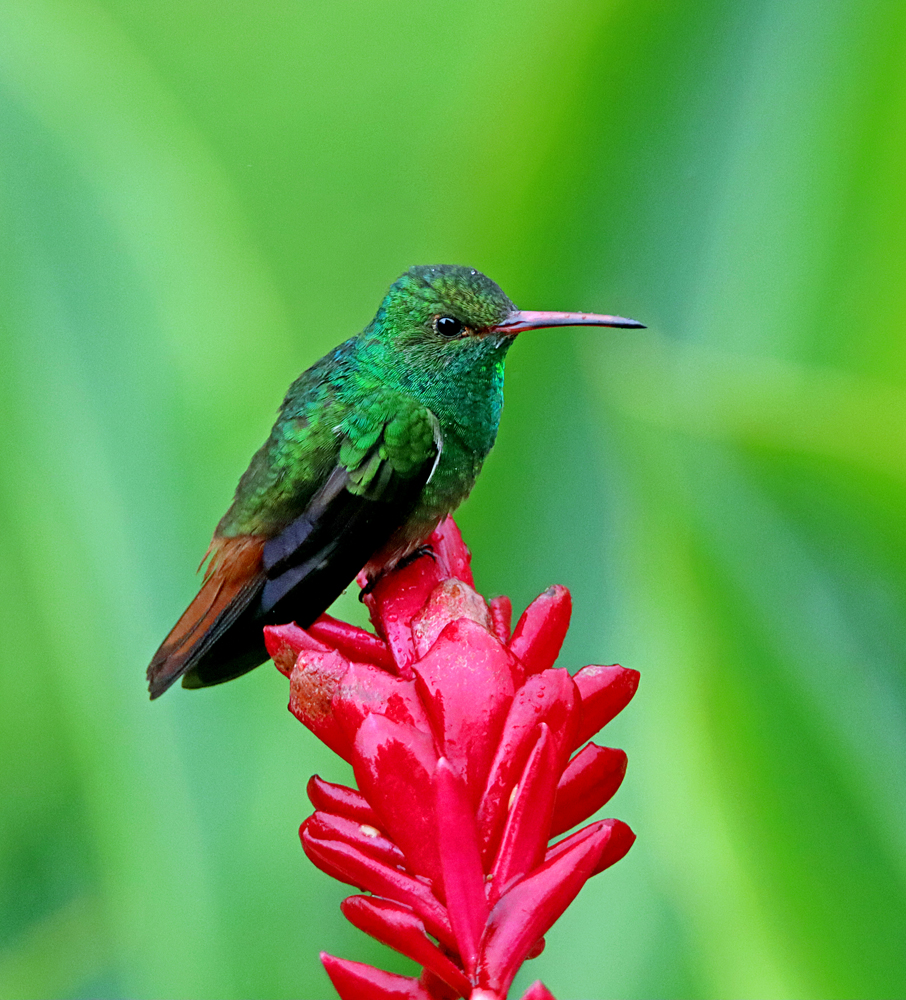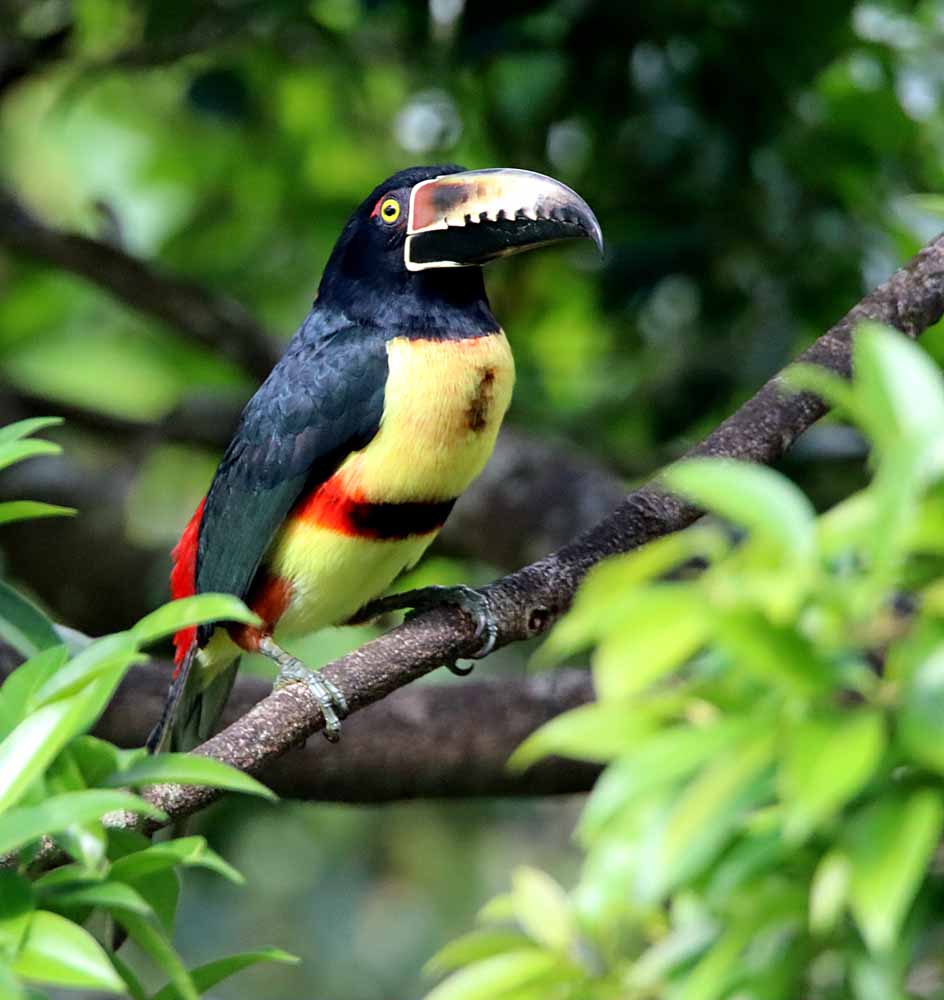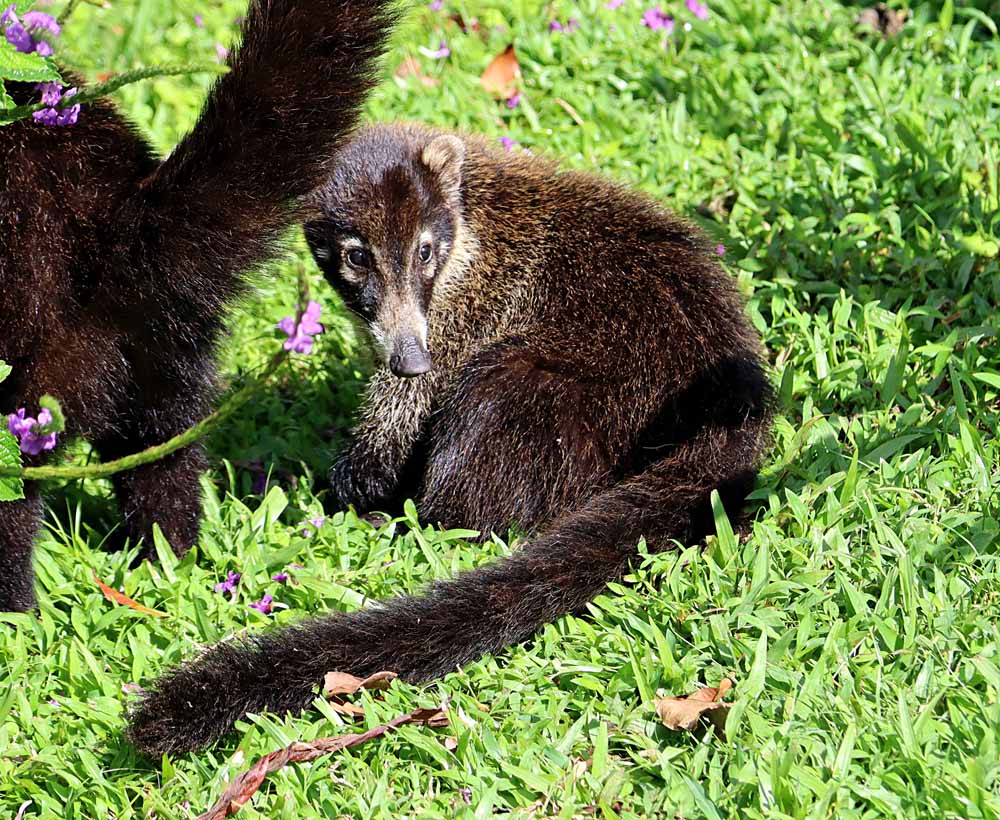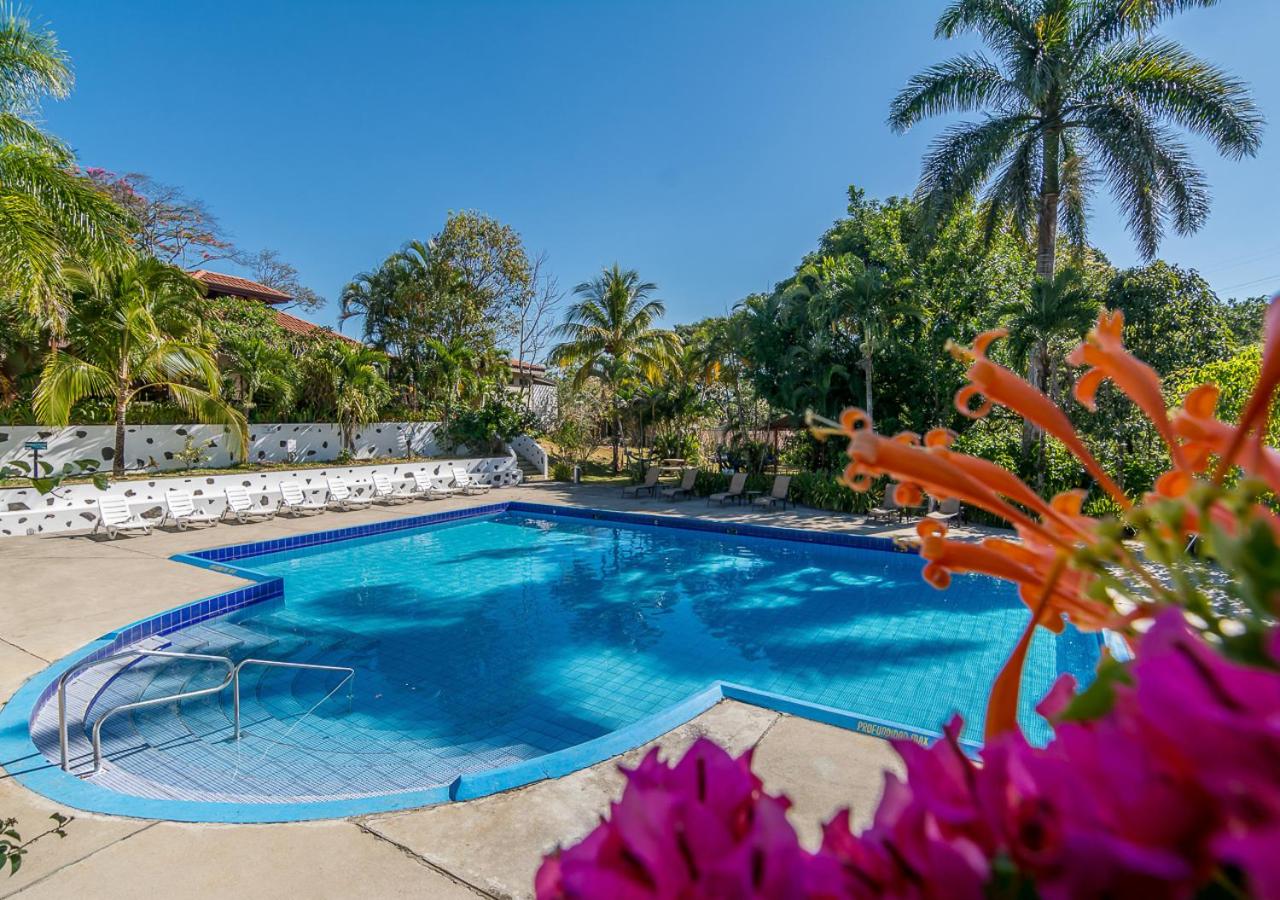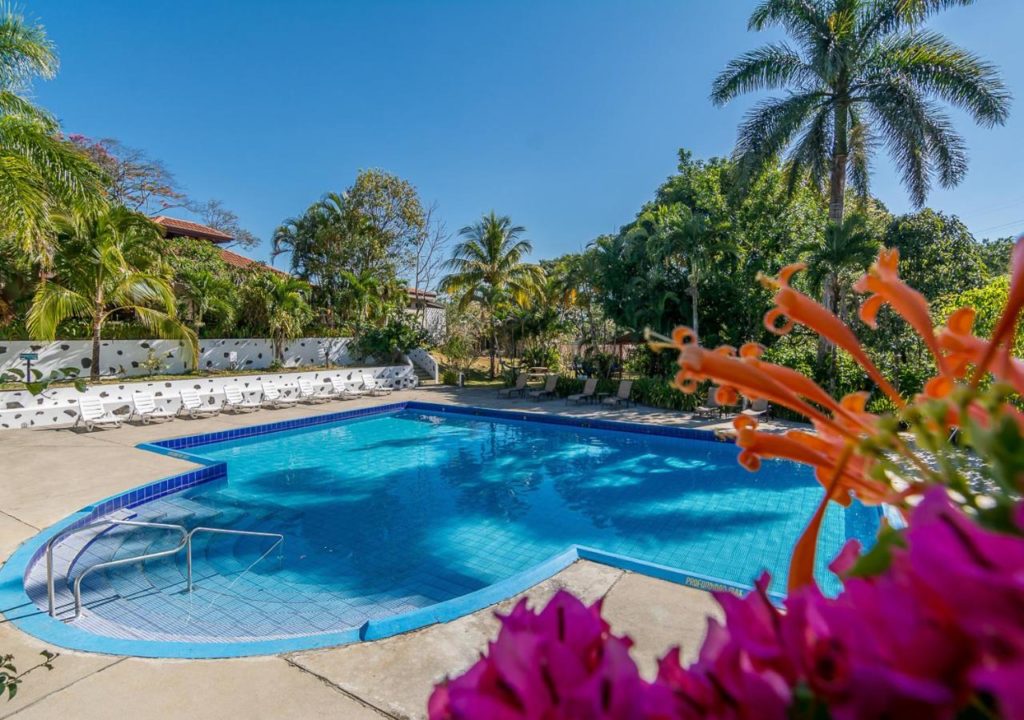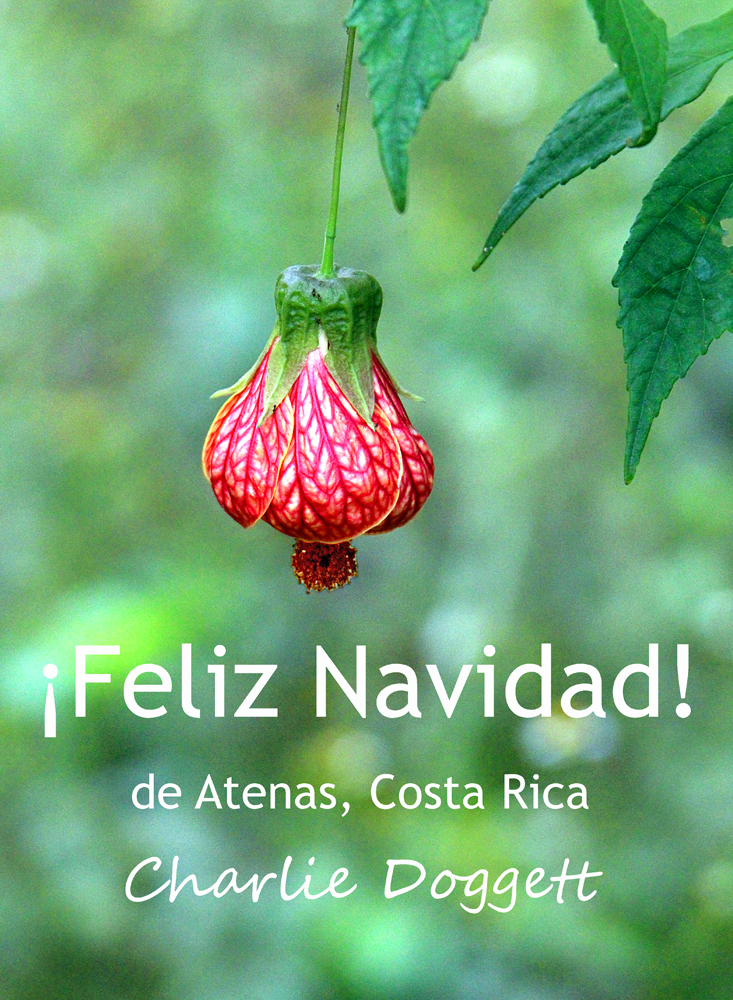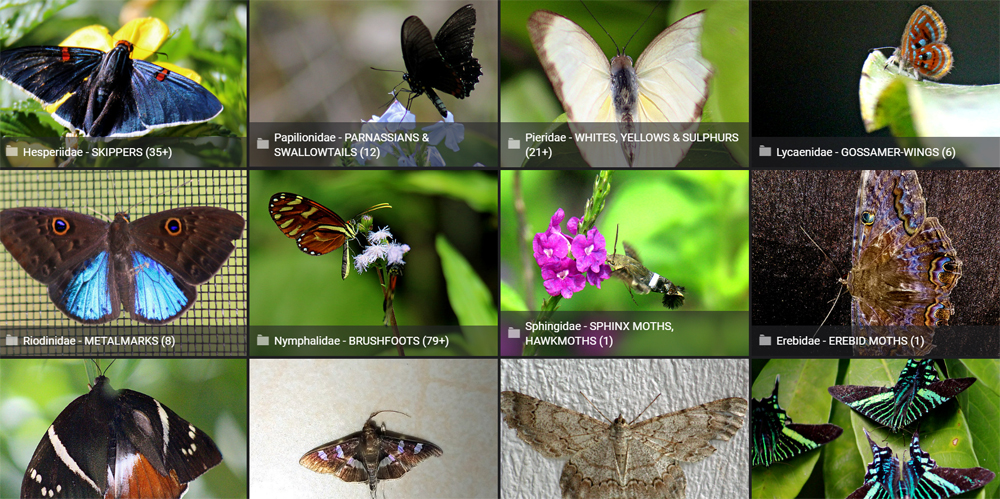That’s the species name with there being 5 different species of Leptodactylus genus frogs in Costa Rica, all five appearing on the Pacific Slope and 3 on the Caribbean or Atlantic Slope. World-wide there are 75 species of Leptodactylus! This Leptodactylus savagei appears on both slopes of Costa Rica and was earlier called “Savage’s Thin-toed Frog,” but now goes by two common names: “Central American Bullfrog” and “Smoky Jungle Frog.” This genus Leptodactylus is the largest frog in Costa Rica (and probably all of Central America.) This particular species appears from Honduras to Colombia.
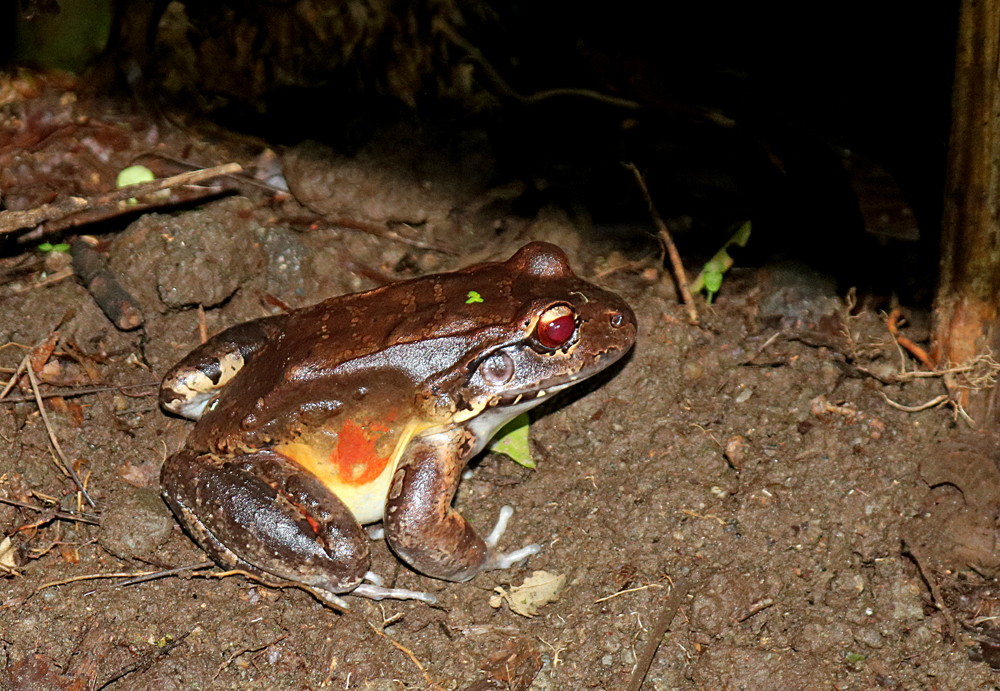
I just got a new Amphibian Field Guide here at this lodge which will help me to better identify and explain the sightings and photos I post on this site. There are 3 other frogs pictured in my Central American Bullfrog GALLERY and I’m reasonably certain that they are all in the genus Leptodactylus, but I need to study them more to specify the exact species. I don’t think they are all “savagei.”
This was just one more of the creatures spotted and photographed on my private Night Walk last night, seen at the lodge’s “Frog Pond” just like the Red-eyed Tree Frogs I posted early this morning. I will be posting other creatures from that night walk here in time. 🙂


